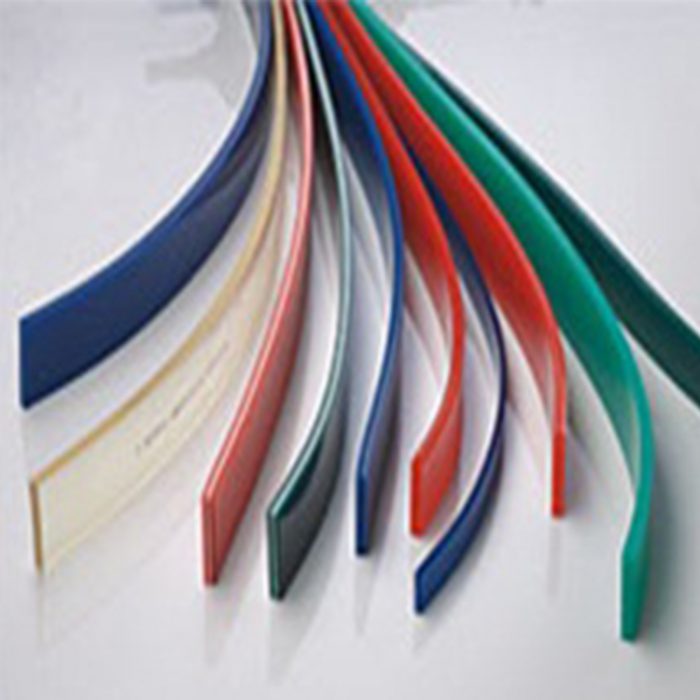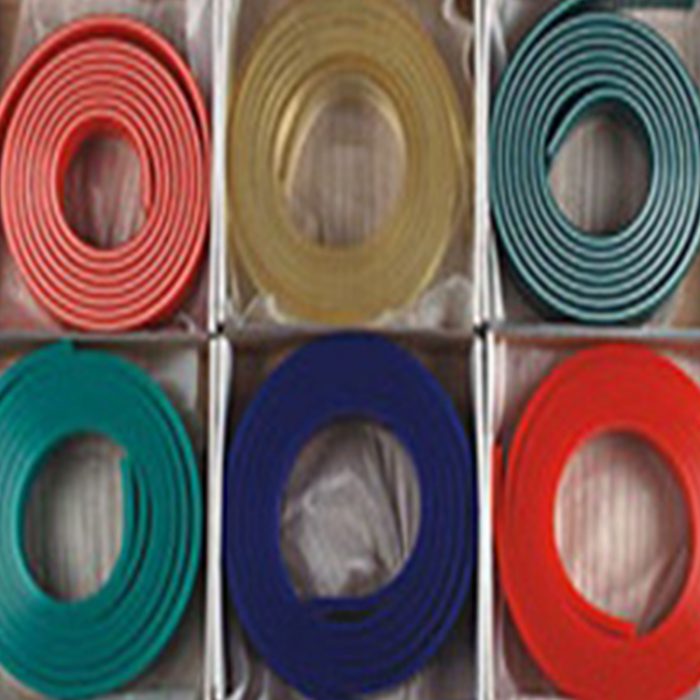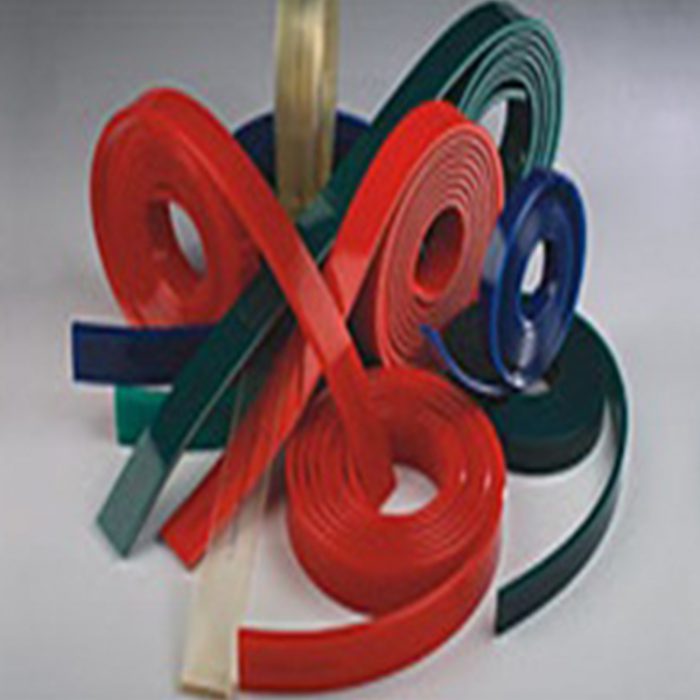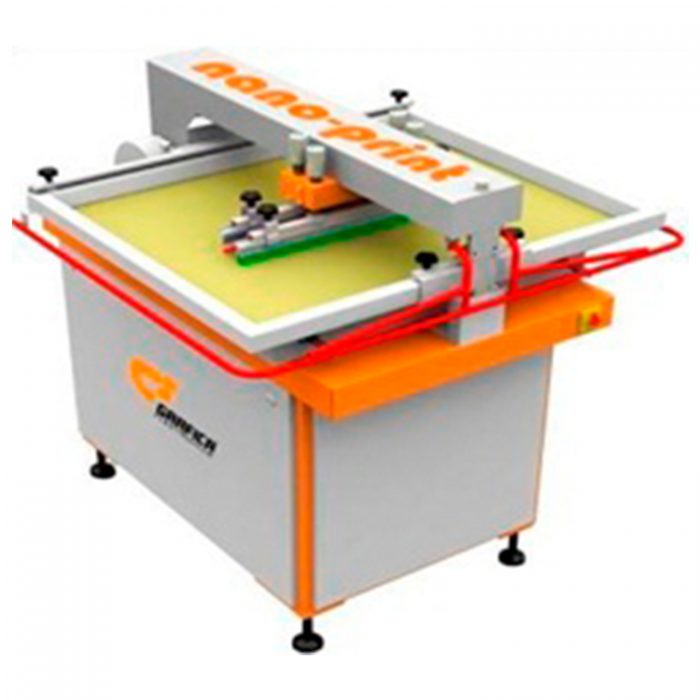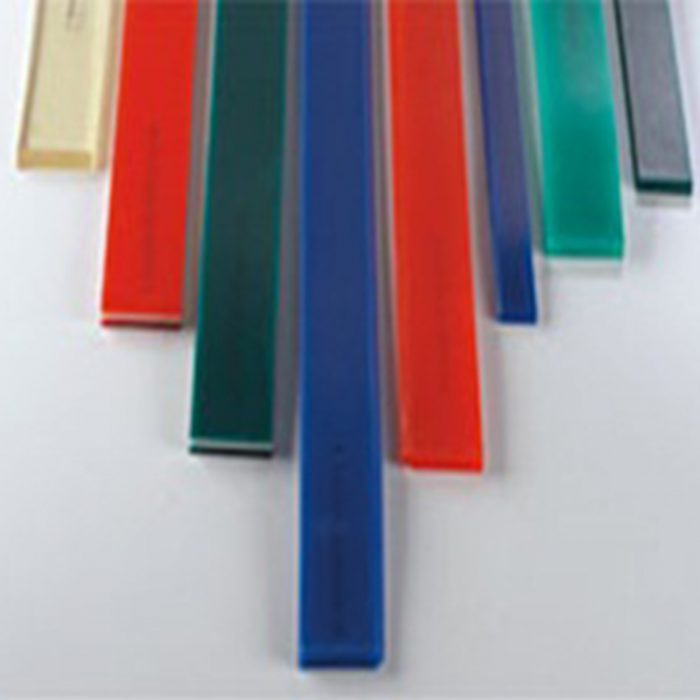
SkyScreen S Squeegees: The Best of its Kind!
Screen printing is about finding balance. One product must complement the others. One wrong product in the process, less than satisfactory end results. With this premise, SkyScreen launched its own line of screen printing squeegees.
SkyScreen S Squeegees are made by employing centrifuge casting with an electronically controlled cycle to guarantee a high dimensional stability and correct thickness tolerances. Our manufacturing units are particular about quality and a squeegee has to pass plethora of tests before it’s packed and ready to hit the shelves.
Rest assured that SkyScreen S Squeegees don’t swell up easily when attacked by aggressive inks and solvents. When compared to other polyurethanes, these squeegees absorb only half of the solvents and the most aggressive inks. That’s the reason why these squeegees are a hit among textile and graphics printers.
SkyScreen S Squeegees come with the following specifications:
- Thickness: 2 mm to 20 mm
- Width : 9 mm to 500 mm
- Maximum length: 4000
- Standard hardness: 50 to 90 shore
- Tolerance – Thickness : ± 0.4 mm
- Width: ± 1 mm, Hardness: ± 3O shore
There are several advantages that screen printers can avail by using SkyScreen S Squeegees:
- These squeegees display high tolerance to changes in temperature and humidity. They were especially designed and developed for textile industry where the inks are water based, and harsh.
- SkyScreen S Squeegees sharpen easily. This is particularly helpful in case of UV ink based jobs since they are very demanding on squeegees. It is advisable to sharpen your squeegee the night before UV ink based printing jobs.
- A lot of care is taken while packing SkyScreen S Squeegees. Our thoughtful process of individual packaging protects squeegees from light and dust. This increases their shelf life.
- These squeegees demonstrate exceptional solvent and ink resistance. They are designed for rough applications, particularly for demanding shop conditions in the Indian terrain. If they work well in India, chances are they will survive elsewhere in the world!


